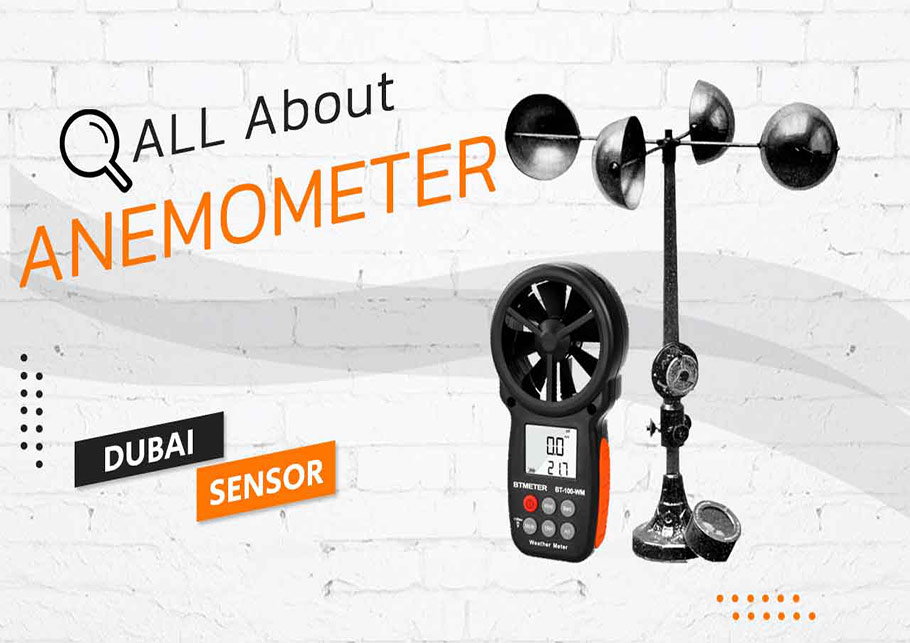Comparing Digital and Mechanical Anemometers: Which is Right for You?
Comparing Digital and Mechanical Anemometers: Which is Right for You?
Blog Article
Anemometers Unveiled: Understanding Their Importance in Environmental Monitoring and Security Steps
The function of anemometers in environmental monitoring and safety measures is frequently underestimated, yet their significance is undeniable. These tools have a long history rooted in clinical questions and technical improvements, progressing to come to be necessary tools in different fields. From meteorology to aviation safety, anemometers play a crucial duty in giving precise data that informs decision-making procedures and enhances total security. Understanding the complexities of anemometers unveils a globe of essential understandings that are fundamental to our understanding of the setting and the procedures we take to make certain security.
History of Anemometers
The development of anemometers can be mapped back to the ancient civilizations where primary wind determining tools were first used. These early wind measurement devices laid the foundation for the advancement of extra sophisticated anemometers gradually. One of the earliest recognized anemometers was the hemispherical mug anemometer invented by Leon Battista Alberti in the 15th century. This style included 4 hemispherical cups that gathered wind power, providing a measurement of its intensity based upon the rate of rotation.
Over the years, improvements in modern technology led to the advancement of more modern anemometers, including ultrasonic anemometers and laser Doppler anemometers, offering raised accuracy and performance in determining wind speed and direction. The background of anemometers showcases a remarkable trip of innovation and progress in the area of weather forecasting.
Types of Anemometers
Throughout the area of weather forecasting, various kinds of anemometers have been established to properly measure wind rate and instructions. Sonic anemometers use ultrasonic signals to determine wind rate and instructions precisely. Hot-wire anemometers operate based on the concept that the cooling effect of wind on a heated cable is proportional to the wind rate.
Applications in Meteorology
Having gone over the numerous types of anemometers utilized in meteorology for determining wind speed and instructions, it is crucial to discover their practical applications in the area. Anemometers play a critical role in meteorology by providing precise and real-time data on wind conditions (anemometer). Meteorologists use anemometers to keep track of wind speed and direction to forecast weather patterns, issue cautions for extreme climate occasions like tornados, twisters, and typhoons, and assess weather for air travel security
In meteorology, anemometers aid in recognizing regional and regional wind patterns, which are crucial for anticipating weather adjustments and establishing weather trends. These devices are additionally utilized in research to research microclimates, metropolitan heat islands, and air pollution Home Page dispersion. In addition, anemometers are utilized in agriculture to enhance crop monitoring methods, such as irrigation and chemical application, based on wind conditions.
Importance in Air Travel Safety
An essential facet of making certain air travel safety and security depends on the meticulous tracking of wind conditions utilizing anemometers. Anemometers play a crucial function in aviation by supplying real-time information on wind rate and direction, helping pilots in making notified choices throughout take-off, touchdown, and trip. Unpredictable and strong winds can dramatically affect airplane procedures, making it important for aeronautics authorities to rely on precise wind dimensions to make certain the safety of travelers and staff.

In the dynamic setting of air travel, where also minor adjustments in wind speed and direction can have extensive effects, read what he said anemometers stand as crucial tools for advertising secure and protected flight.
Role in Environmental Research Study
Anemometers play an essential function in environmental research study by supplying crucial information on wind rate and instructions. By properly gauging wind features, anemometers aid scientists assess the activity of toxins in the air, analyze the influence of commercial exhausts, and anticipate the spread of pollutants in the atmosphere.


Conclusion
Finally, anemometers have played a critical role in environmental monitoring and safety measures. With an abundant background and different types available, these devices have actually been extensively utilized in meteorology, aviation safety, and ecological study. Comprehending the importance of anemometers is vital for accurately measuring wind rate and direction, which is vital for predicting climate patterns, making sure risk-free aviation procedures, and carrying out environmental researches - anemometer. Their contributions to these areas can not be undervalued.
One of the earliest recognized anemometers was the hemispherical mug anemometer created by Leon Battista Alberti in the 15th century. Over the years, innovations in innovation led to the growth of more contemporary anemometers, consisting of ultrasonic anemometers and laser Doppler anemometers, providing raised precision and performance in measuring wind speed and instructions. Hot-wire anemometers run based on the principle that the cooling result of wind on a warmed wire is symmetrical to the wind rate. Meteorologists use anemometers to keep an eye on wind rate and direction to forecast weather condition patterns, concern warnings for serious climate events like storms, typhoons, and twisters, and evaluate atmospheric conditions for aeronautics safety and security.
Understanding the importance of anemometers is necessary for properly gauging wind speed and direction, which is vital for anticipating weather condition patterns, making certain safe aviation operations, and carrying out environmental research studies. (anemometer)
Report this page